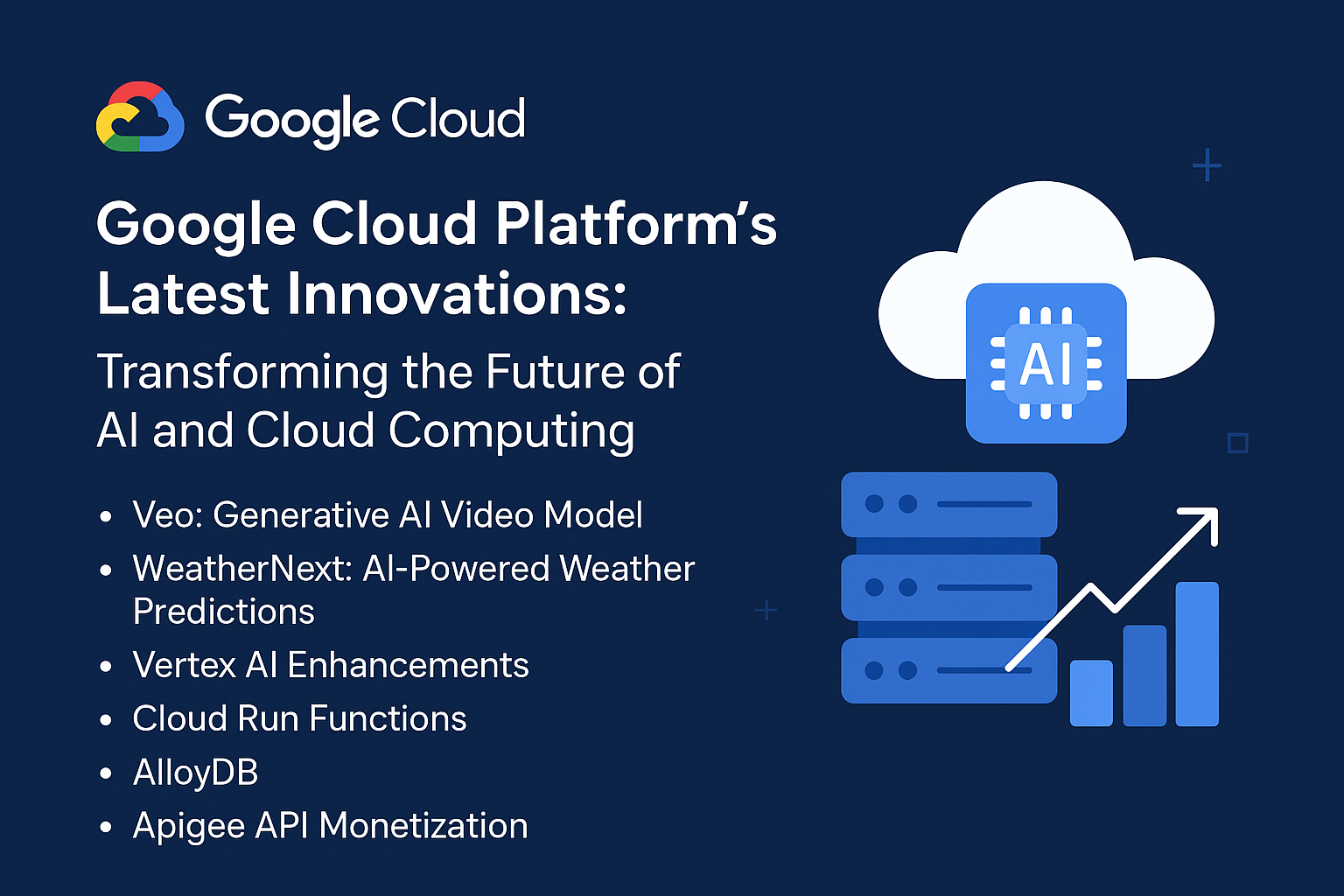Table of Contents: The Role of AI and Machine Learning in Predictive Analytics
- Introduction to Predictive Analytics
- Definition and Importance
- Applications of Predictive Analytics
- Foundational Concepts of AI and Machine Learning
- Overview of Artificial Intelligence
- Machine Learning Fundamentals
- How AI and Machine Learning Enhance Predictive Analytics
- Data Processing and Analysis
- Model Training and Prediction Accuracy
- Real-time Data Processing
- Key Machine Learning Techniques in Predictive Analytics
- Supervised Learning
- Unsupervised Learning
- Reinforcement Learning
- Neural Networks and Deep Learning
- Applications of AI and Machine Learning in Predictive Analytics
- Healthcare
- Finance and Banking
- Retail and E-commerce
- Marketing and Customer Insights
- Manufacturing and Supply Chain Optimization
- Challenges in Using AI for Predictive Analytics
- Data Quality and Availability
- Interpretability and Transparency
- Ethical Considerations and Bias
- The Future of AI and Machine Learning in Predictive Analytics
- Emerging Trends and Technologies
- Role of Big Data
- The Impact of Quantum Computing
- Resources and Tools for AI and Machine Learning in Predictive Analytics
- Popular Libraries and Frameworks
- Online Courses and Tutorials
- Industry Reports and Research
1. Introduction to Predictive Analytics
Definition and Importance:
Predictive analytics refers to the use of statistical techniques, machine learning, and artificial intelligence to analyze historical data and make predictions about future events. By leveraging predictive models, businesses and organizations can make informed decisions, optimize processes, and reduce risks.
Applications:
Predictive analytics can be applied across various industries, including finance for forecasting market trends, healthcare for disease prediction, and marketing for customer behavior analysis.
Resource Links:
2. Foundational Concepts of AI and Machine Learning
Overview of Artificial Intelligence:
AI refers to the simulation of human intelligence in machines. AI encompasses a variety of techniques including machine learning, natural language processing, and robotics.
Machine Learning Fundamentals:
Machine learning is a subset of AI focused on enabling systems to learn from data without being explicitly programmed. Key elements of machine learning include algorithms, models, and training data.
Resource Links:
3. How AI and Machine Learning Enhance Predictive Analytics
Data Processing and Analysis:
Machine learning algorithms can handle large datasets, detect patterns, and uncover insights that might be missed by traditional data analysis methods. This improves predictive accuracy and efficiency.
Model Training and Prediction Accuracy:
By training predictive models on historical data, AI and ML can produce more accurate forecasts. Over time, models can be retrained with new data to enhance their prediction capabilities.
Real-time Data Processing:
AI-powered systems can process and analyze data in real-time, enabling quick decision-making and adaptive actions, which is especially valuable in industries like finance or healthcare.
Resource Links:
4. Key Machine Learning Techniques in Predictive Analytics
Supervised Learning:
Supervised learning involves training a model on labeled data to make predictions. It is commonly used in classification and regression tasks.
Unsupervised Learning:
Unsupervised learning is used when the model is trained on unlabeled data. It is used for clustering, anomaly detection, and pattern recognition.
Reinforcement Learning:
In reinforcement learning, an agent learns by interacting with an environment and receiving feedback through rewards or penalties. It is useful in dynamic, decision-making processes like robotics.
Neural Networks and Deep Learning:
Neural networks mimic the human brain to recognize patterns in large datasets, and deep learning, a subset of neural networks, excels in tasks like image recognition and natural language processing.
Resource Links:
- Supervised vs. Unsupervised Learning – Towards Data Science
- Deep Learning for Predictive Analytics – Datacamp
5. Applications of AI and Machine Learning in Predictive Analytics
Healthcare:
AI is used to predict disease outbreaks, patient outcomes, and personalize treatment plans based on patient data.
Finance and Banking:
Predictive analytics in finance help forecast stock market trends, detect fraud, and assess credit risk.
Retail and E-commerce:
AI-driven predictive models are used for demand forecasting, personalized recommendations, and inventory management.
Marketing and Customer Insights:
AI can predict customer behaviors, optimize marketing campaigns, and help with customer segmentation.
Manufacturing and Supply Chain Optimization:
Machine learning models predict equipment failure, optimize supply chains, and forecast production demands.
Resource Links:
6. Challenges in Using AI for Predictive Analytics
Data Quality and Availability:
For AI and machine learning models to be effective, they need high-quality, large datasets. Poor data quality can lead to inaccurate predictions.
Interpretability and Transparency:
AI models, especially deep learning models, are often seen as “black boxes,” making it difficult for users to interpret how predictions are made.
Ethical Considerations and Bias:
Predictive models can inherit biases from training data, leading to unfair or discriminatory outcomes. Ethical concerns about privacy and decision-making also arise.
Resource Links:
- Challenges of Predictive Analytics – Harvard Business Review
- AI Ethics and Bias – MIT Technology Review
7. The Future of AI and Machine Learning in Predictive Analytics
Emerging Trends and Technologies:
The role of AI and machine learning will continue to grow with advancements in natural language processing, automated machine learning (AutoML), and explainable AI.
Role of Big Data:
The availability of vast amounts of data will fuel AI models, leading to even more precise predictions in real-time environments.
Impact of Quantum Computing:
Quantum computing has the potential to revolutionize AI and predictive analytics by offering faster data processing and better model optimization.
Resource Links:
- The Future of AI in Predictive Analytics – McKinsey & Company
- Quantum Computing and AI – IBM Quantum
8. Resources and Tools for AI and Machine Learning in Predictive Analytics
Popular Libraries and Frameworks:
Some of the most popular tools for AI and machine learning in predictive analytics include TensorFlow, PyTorch, Scikit-Learn, and Keras.
Online Courses and Tutorials:
Several online platforms, like Coursera, Udemy, and edX, offer courses on machine learning and predictive analytics.
Industry Reports and Research:
Research papers and industry reports from sources like Gartner, MIT Technology Review, and Statista provide valuable insights into the current and future trends in AI and predictive analytics.
Resource Links:

